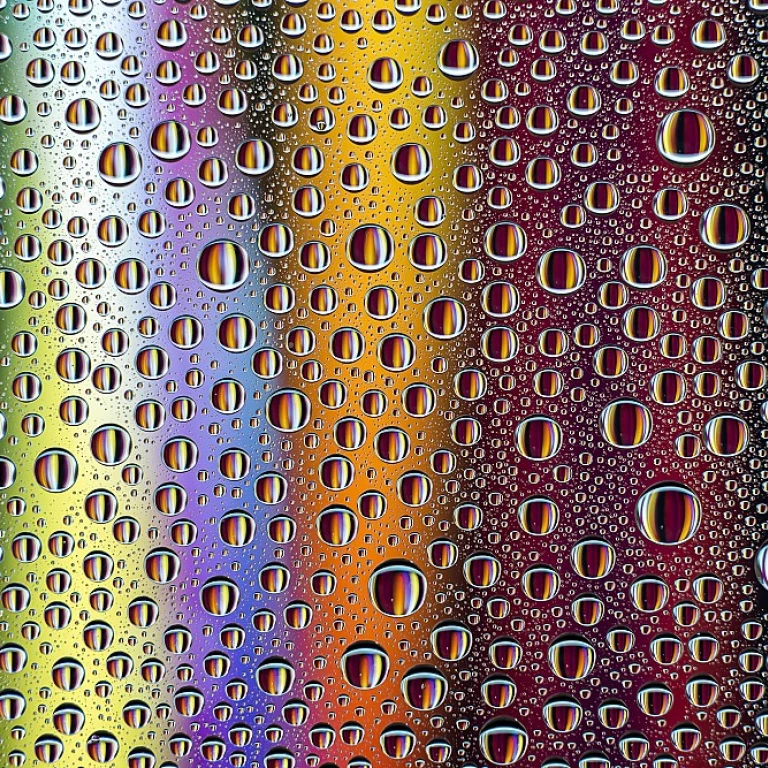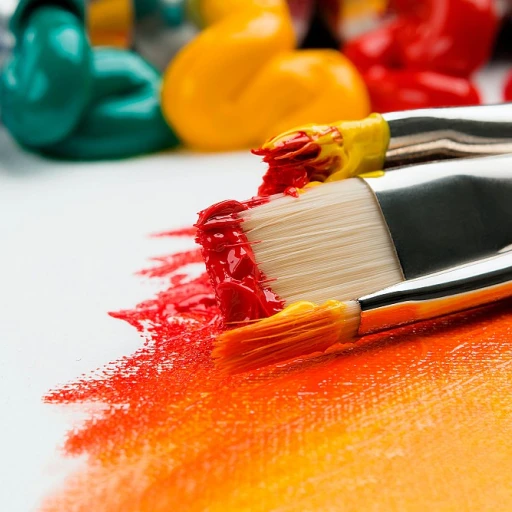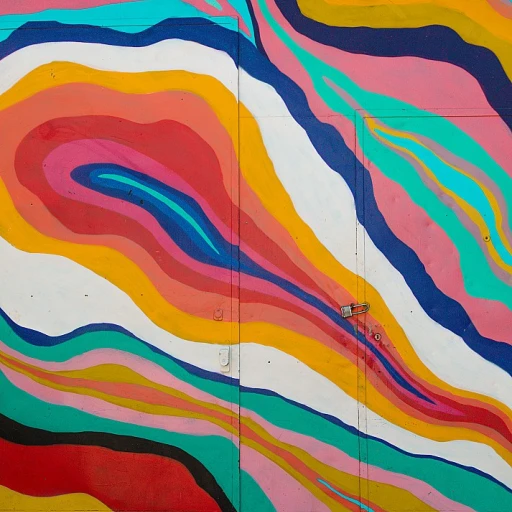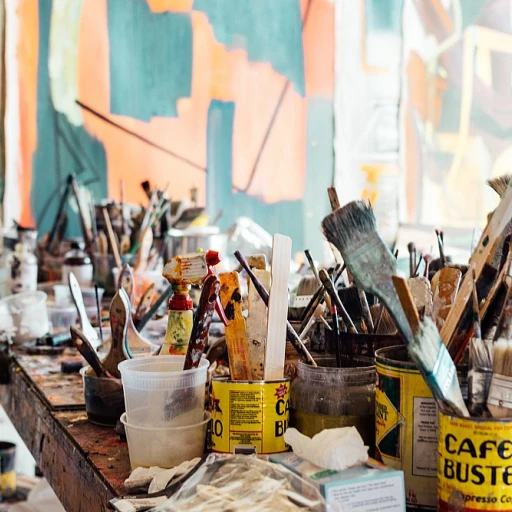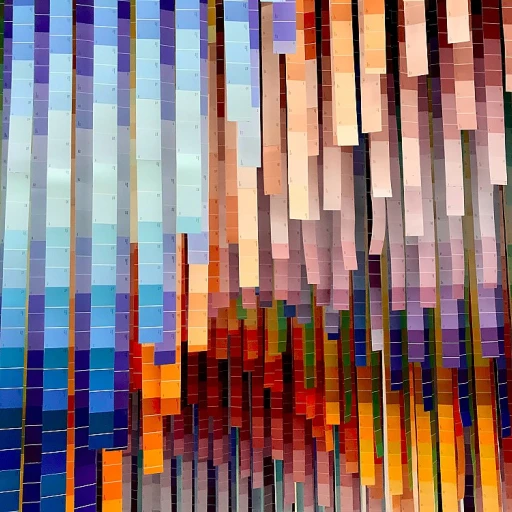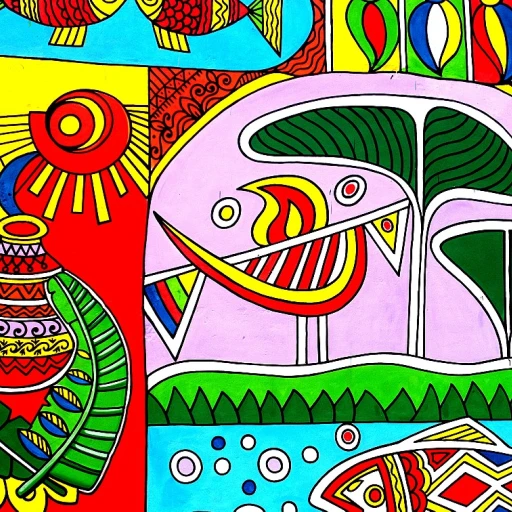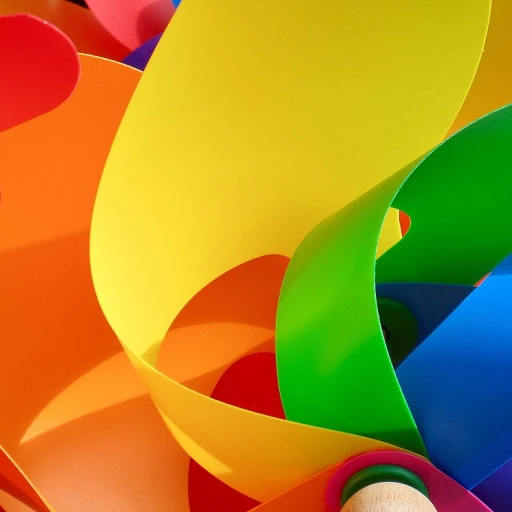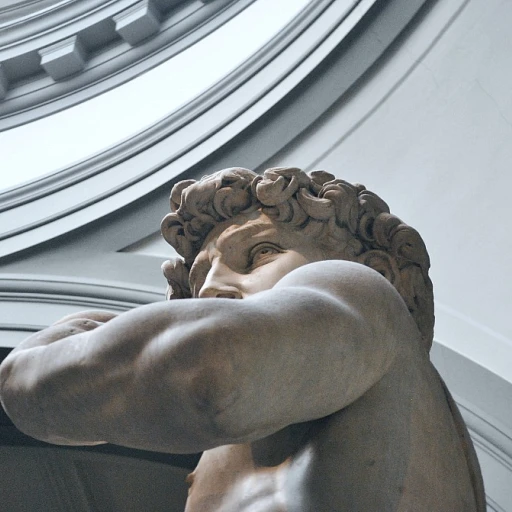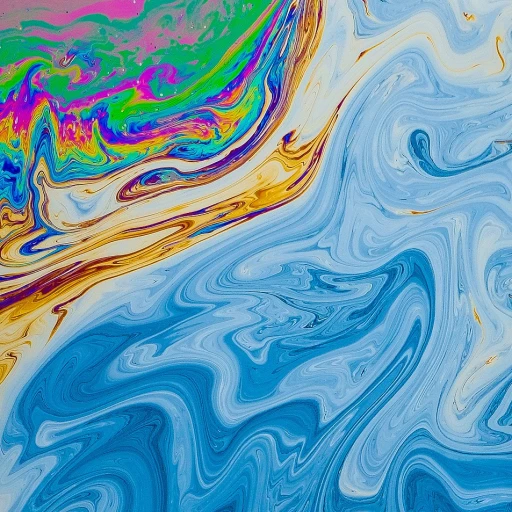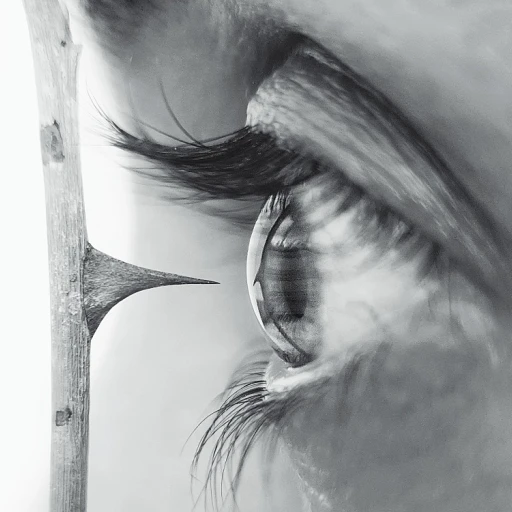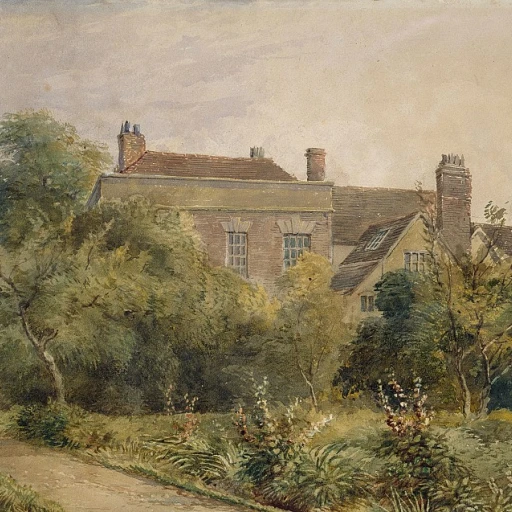-teaser.webp)
The Evolution of Colored Pencil Art
Tracing the Journey: From Modest Beginnings to Artistic Reverence
The evolution of colored pencil art is a testament to the versatility and adaptability of this medium. Traditionally considered a tool for preliminary sketches or educational purposes, colored pencils have transcended their humble origins to become a respected medium in the realm of luxury artwork. As artists began to explore and experiment, these vibrant color instruments made a remarkable shift from paper to canvas.
In the early days, colored pencil art was predominantly restricted to paper, with layers meticulously applied to achieve a spectrum of hues. This technique required patience, as artists expertly blended shades with tools such as blending stumps and odorless mineral spirits to create depth and vibrancy. However, with the introduction of mixed media, artists discovered the intriguing potential of using colored pencils on various surfaces, including canvas panels.
The transition from paper to canvas introduced new challenges and opportunities. Artists had to master the unique interaction of pencil with different surfaces, such as watercolor paper and canvas board, as well as navigate the application of mineral spirits to achieve the desired finish. This shift expanded the artistic possibilities and allowed artists to explore the interplay between the texture of canvas and the deliberate strokes of colored pencils, creating works akin to paintings rather than simple drawings.
Renowned for their capacity to deliver vibrant color and intricate detail, colored pencils on canvas have become a popular choice for discerning art collectors. The medium offers an alternative to traditional paints like acrylic and watercolor, allowing artists to incorporate diverse techniques to enhance their work's texture and depth. Colored pencil creations now stand alongside prestigious mediums, gaining esteem for their rich, tactile appeal.
For those interested in diving deeper into the nuances of paper surface interactions, exploring the exploration of large printmaking blocks in luxury art provides further insight into how artists manipulate different materials to push the boundaries of colored pencil art.
Techniques and Challenges
Mastering the Art of Colored Pencil Techniques
The evolution of colored pencil art has ushered in an array of techniques that bring vibrancy and depth to canvas. When artists begin their creative journey with colored pencils, they often explore different mediums like watercolor paper or even specially prepared canvas panels. The choice of surface influences the texture and overall effect of the artwork.
Blending is essential to achieving gradients and subtle transitions of color. Artists utilize various tools such as blending stumps or even mineral spirits for a polished finish. These tools enable the pigments to meld seamlessly, creating a lustrous appearance akin to that of Pastelmat paper in luxury artworks.
Layering is another indispensable technique. By applying layers of colored pencils over one another, artists can attain a rich saturation and dynamic color depth. This method is particularly effective when working on canvas, allowing each layer to interact with the surface texture. Some artists may incorporate other mediums, such as watercolor or acrylic, to enhance or highlight specific elements, creating a vivid, mixed media masterpiece.
One of the challenges in colored pencil art on canvas is maintaining the pigment vibrancy and permanence. Artists must be meticulous in their approach, applying protective measures like fixatives to preserve the work’s integrity. Techniques continue to evolve, and as more artists experiment with colored pencils on different surfaces, new styles and methods are constantly emerging in the art world.
The Role of Texture and Depth
Exploring the Interplay of Texture and Depth
Creating texture and depth is paramount when working with colored pencils on canvas. The rough surface offered by canvas enhances the tactile feel of the artwork, providing artists with a unique playground to explore texture—a feature that is less pronounced on standard paper. Unlike traditional painting, using colored pencils requires strategic layering to capture visual interest, often involving the careful application of color multiple times over the same area. Each layer can add aspects of shadow and highlight, lending depth and a three-dimensional appearance to the work. Achieving vibrant color saturation on canvas poses a challenge due to the material's absorbent nature. Artists frequently employ techniques such as cross-hatching and deeply layering pigments. The surface of the canvas can sometimes "eat" the pigment, requiring multiple passes to ensure the desired opacity and vividness are achieved. This often necessitates the application of a fixative to seal the layers, preventing color loss over time. The process can be compared to watercolor practices, where artists apply washes to create depth, but requires a more hands-on approach given the nature of pencils and their interaction with the canvas. Furthermore, mixed media applications with colored pencils can introduce additional elements, such as acrylics or mineral spirits, to blend the pigments smoothly or to set a base layer. The right blend can elevate the pencil drawing to resemble a painting, a testimony to the versatility of colored pencils. The odorless mineral spirits, for example, can dissolve the waxy binders in colored pencils to create a watercolor-like effect, enhancing the painting's textural richness. Utilizing canvas panels or boards allows artists to push the boundaries of their medium, as the increased support can withstand rigorous applications of pencils and other mediums like pastels or inks. This strength is particularly beneficial when artists intend to work up close and get personal with the canvas. For those interested in more intricate techniques, exploring the art of crafting intricate gear illustrations can offer insightful parallels in mastering depth through delineated forms and strategic color interplay. By mastering these techniques, artists can elevate their colored pencil creations to new heights, making them coveted pieces for collectors seeking the unparalleled allure of colored pencil art on canvas.Prominent Artists and Their Works
Masters of Colored Pencil Art
In the realm of luxury artwork, colored pencil creations on canvas have carved a niche that is both vibrant and sophisticated. This art form, which has evolved significantly over the years, owes much of its allure to the pioneering artists who have mastered the delicate balance between color and texture. These artists have not only embraced the challenges of working with colored pencils on unconventional surfaces like canvas but have also elevated the medium to new heights.
One of the key techniques that these artists employ is the layering of colors. By meticulously applying layer upon layer, they achieve a depth and richness that rivals traditional painting methods. The use of mineral spirits and blending stumps further enhances the blending of colors, creating seamless transitions and vibrant hues that captivate the viewer. This meticulous process is akin to a dance between pencil and canvas, where each step is carefully considered to achieve the desired effect.
Moreover, the choice of surface plays a crucial role in the final outcome of the artwork. While traditional paper is often used, many artists have ventured into using canvas panels and boards, which offer a different texture and absorbency. This shift not only challenges the artist's skill but also opens up new possibilities for expression. The interplay between the smoothness of the canvas and the precision of the pencil allows for a unique exploration of texture and depth, setting these works apart in the luxury art market.
As the market for colored pencil art continues to grow, these artists remain at the forefront, pushing the boundaries of what can be achieved with this medium. Their works are not just drawings; they are vibrant color masterpieces that blend the precision of pencil with the fluidity of paint, creating a harmonious balance that is both innovative and timeless.

